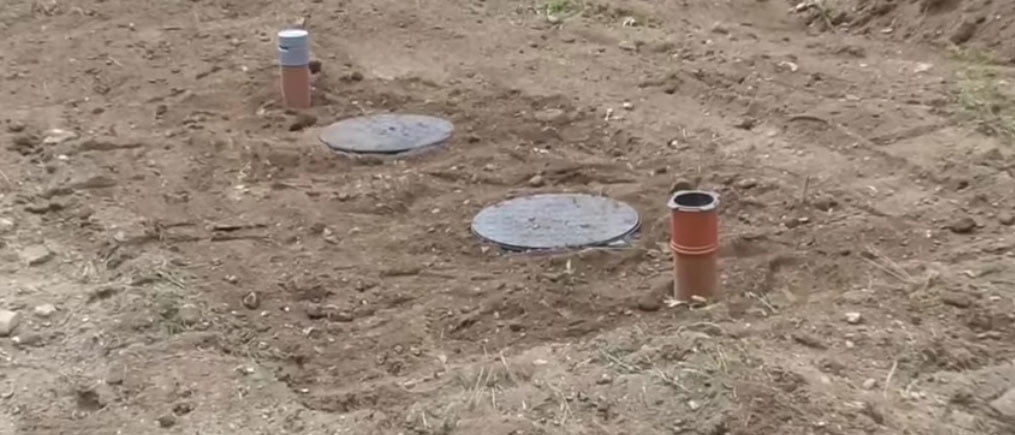If you’re building a new property and you don’t have access to the main sewage system or you’re looking for an eco-friendly way to recycle your used water, you’ll need to consider how you’re going to deal with your excess waste.
Both septic tanks and soakaways offer perfect solutions and while they both have different purposes, a combination of these two is often the best wastewater solution.
If you’re confused about which one you need, or how to differentiate between the two, here’s our rundown on the differences between a septic tank and a soakaway so that you can choose the best system to meet your requirements.
Let’s start with the septic tank:
What is it and how does it work?
A septic tank is simply a self-contained system of tanks that are used to collect effluent and store solid waste and wastewater. Solid waste is broken down by bacterial activity in the first tank. This partially treated effluent then flows to the second chamber to undergo further natural biological action. It’s then stored within the tank until it overflows into either a drainage field, or a soakaway, where bacteria in the soil will further break down the waste.
As the tank is placed under ground, it’s an excellent alternative to main sewage pipes, especially if your property doesn’t have a connection to the main sewage system. This type of system is often used in rural areas when it’s not possible to connect a property to a centralised sewer system.
In short, septic tanks prove to be very economical when it comes to treating and disposing of household wastewater.
What about a soakaway?
Unlike a septic tank, a soakaway doesn’t involve any kind of tank, but is simply a hole in the ground that has been filled with coarse stones and rubble. This combination of stones and rubble enables surface water to disperse into the earth rather than sitting on top of the ground.
Sometimes a soakaway will be located away from any areas of flooding, and will be connected by a pipe that forms a gutter or drain between the flooding area and the soakaway. A soakaway is especially useful in built-up areas that have been built from impermeable materials, as it allows water that would usually pool and flood to naturally ‘soak away’.
A soakaway system can be used on its own to control waste water, or it can be combined with a septic tank in cases where there isn’t a suitable area for a drainage field. The soakaway will allow the waste to be safely removed.
The difference between a sewage water soakaway and a surface water soakaway
One thing to remember though is that a sewage water soakaway is not the same as a soakaway for surface water. A surface water soakaway simply allows excess rain and surface water to drain away, but a sewage soakaway not only allows liquid from the septic tank to disperse into the ground, but it also uses natural aerobic bacteria to treat effluent in order to remove any solids suspended within the liquid, together with bacteria and viruses.
It also removes any nitrogen and phosphorus from the liquid. This process ensures that the groundwater doesn’t become contaminated.
Should you choose a septic tank or a soakaway?
Installing a septic tank on your property gives you a natural and cost-effective way to dispose of solid and liquid waste. Depending on the type of land around your septic tank, you may also need to connect a sewage soakaway to take care of the effluent.
If, on the other hand, you have rainwater or surface water pooling on a flat or impervious surface on your land, then you’ll benefit from installing a soakaway.

